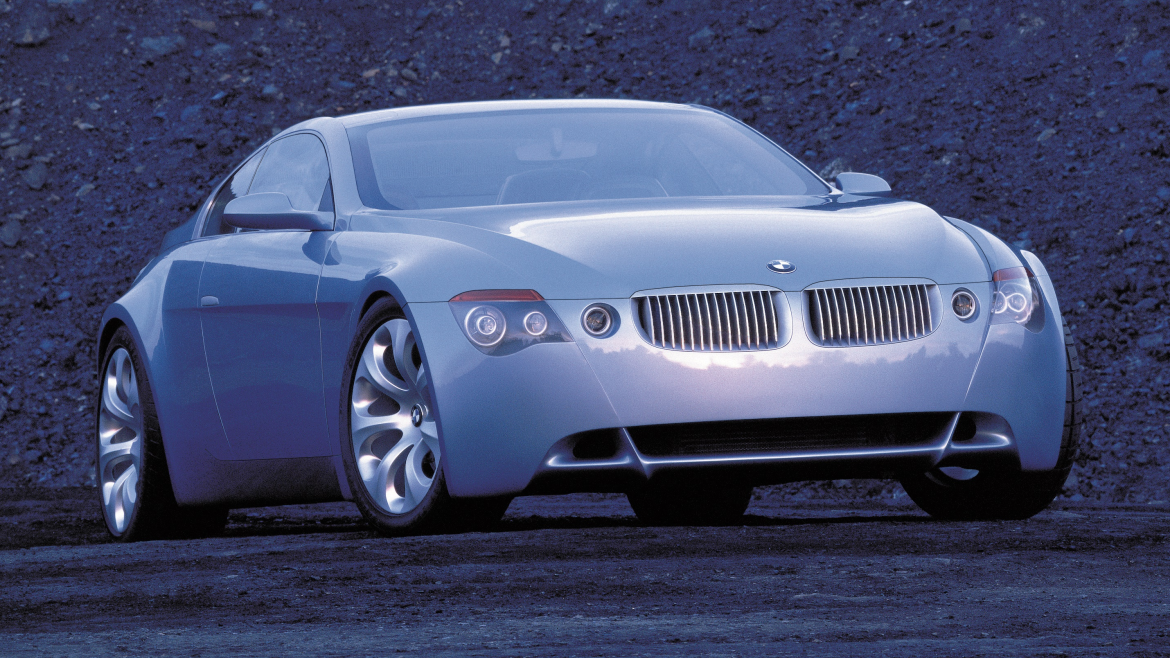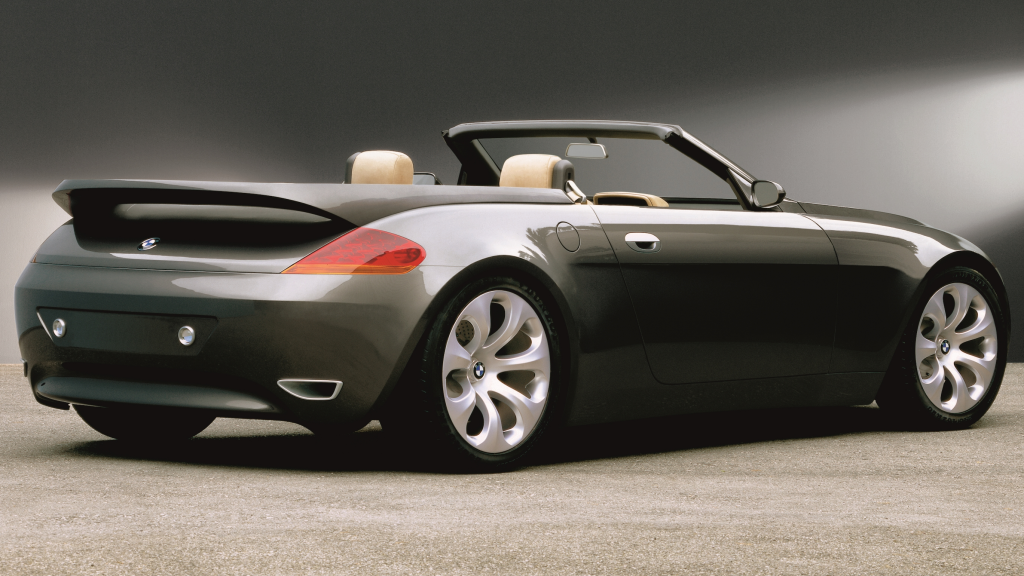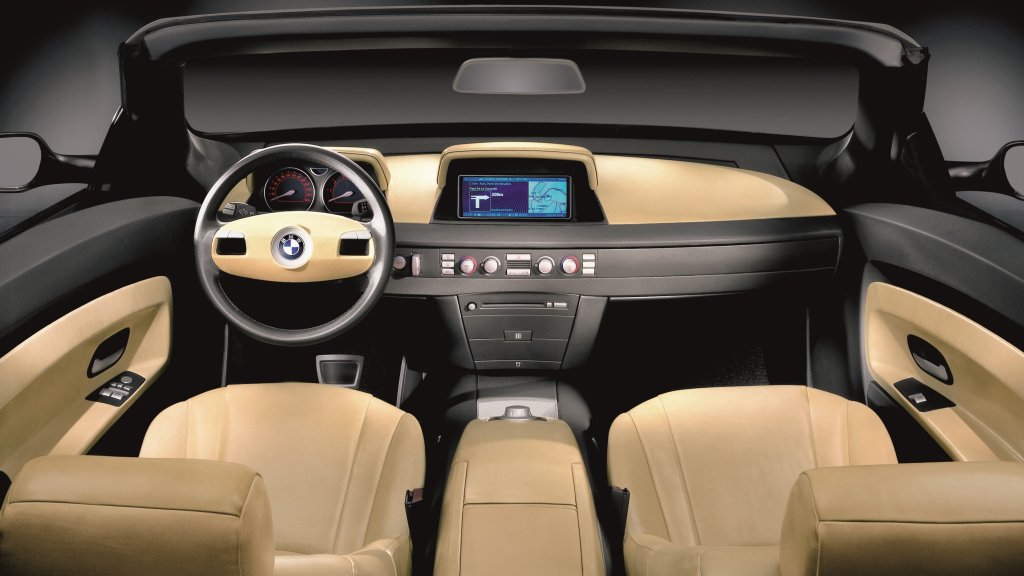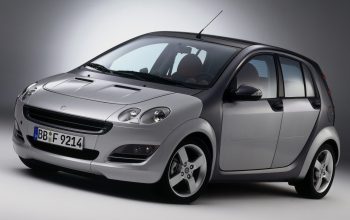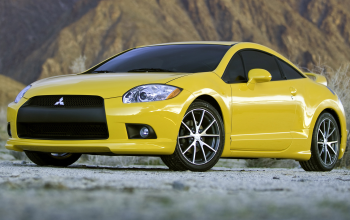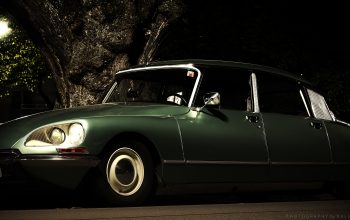The Big, Bad, Mean diesel concept car that influenced BMW’s future.
The BMW M6 is one of the best large coupe sports cars money can buy with its menacing design and equally ballistic powertrain that propels the big car down the highway faster than the most cars on the road. This big boy of the M division found huge success in every generation so far since its introduction in 1983, but did you know that BMW had a concept car that foreshadowed and highly influenced the E63 generation of the M6 and the 6 Series? This concept car in question was called Z9 Gran Coupe, and this is how it came to be, and what makes it so special amongst the range of concepts made by BMW over the last few years.

The Z9 Gran Coupe may just be one of the best looking concept cars BMW has ever made, not to mention interesting. Introduced in Frankfurt Motor Show in 1999, the Z9 was designed by Chris Bangle, who was promoted to Director of BMW Group Design department following the introduction of the concept car. The Z9 was designed as a futuristic two-door, four-seater low slung big coupe and incorporates the classic BMW design of the time with a bigger kidney grille, a long streamlined bonnet, and neon dual headlights seen later in a production car, the E46 generation 3 Series Compact. The large 20-inch front and 21-inch rear rims and the low profile tires complete the big, menacing yet stylish look of the car and gives a clue of its stellar performance. The Z9 isn’t just a pretty machine, either. BMW engineers equipped the concept car with big gullwing doors that can also be converted to conventional doors with a click of a button. The taillights utilized LED technology which was later used in BMW production cars. The rear features low slung fenders and a high bootlid design, however, this design was criticised by many motorists following the introduction of the 6 Series in 2003, nicknaming it ”Bangle Butt”. In my opinion, though, I think it looks fitting and it aged much better than many of BMW’s designs. Moreover, it has a boot space nearly as close as the 7 Series, making it a practical coupe without compromise, and a great device for BMW to experiment new technologies on a new platform.
The interior is just as striking and futuristic as the outside. A large 8.8-inch screen is fitted on the upper center of the dashboard that displays everything the driver needs; a GPS, radio and information about the engine. There’s also a hint of minimalism as it only features three analog speedometers and interestingly, one of those speedometers are on the passenger side. The Z9 incorporated a knob for the many of the car controls, which was the prototype version of BMW’s iDrive system that is used today. The dual-spoke steering wheel is heated and provides the best grip possible. The electrics of the car is turned on by an electronic key, and a starter button starts the engine afterwards and the Z9 provides a short show for the driver; as the instrumental panel folds out, a classical music plays and a circular dial unfolds. These aren’t exactly what you’d expect from a diesel car from 1999, which shows the forward thinking BMW once had. Well, maybe the i Series might just as be forward thinking, but certainly not in design department.
The Convertible version and performance specifications
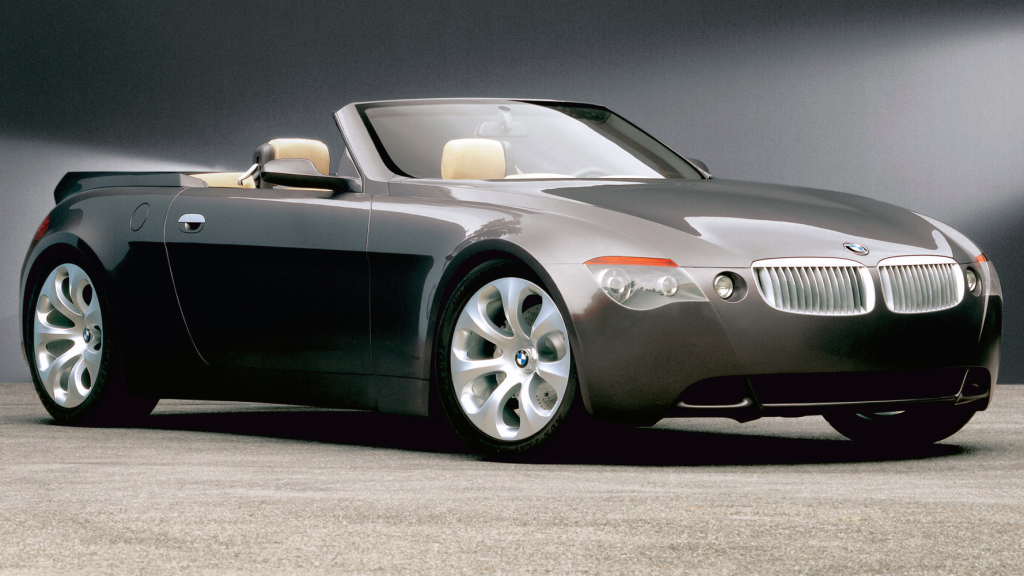
A year after the debut of the Gran Coupe, the convertible version of the Z9 was introduced in 2000 Paris Auto Show. The open-top Z9 was identical to its hardtop brother but it sported a different, bronze paintjob and cream colored interior instead of the light blue which made it look more conventional and closer to the design of the 6 Series that came three years after. BMW made no compromises on the convertible version, it still features the big menacing 20 and 21-inch rims and low profile tires, the big bootlid and a lighter front grille that makes the cabrio stand out from its coupe counterpart. The cabrio also featured an improved version of the infotainment system and aluminium bodywork to offset the weight drawback of an open top.
What made both concept cars so interesting is their diesel powertrain. Let’s take a look of the performance figures of the Z9 and see if the efficient powerhouse under its bonnet means business.
The Z9 Concept was fitted with a 3.9L common rail, direct-injection turbodiesel V8 engine named M67, which was used in the 740d model of the E38 generation of the 7 Series. The punchy V8 produces 245 HP and 560nm of torque (413 lb-ft) between 1750 and 2500 rpm, showing its iconic diesel low end grunt. The convertible version, was more powerful as it produced 282 HP and 590nm of torque. BMW never revealed the official top speed and acceleration figures, however, considering its lightweight that’s just around 1600kg, the Z9 would possibly accelerate to 250 km/h (155 mph) comfortably with a 0 to 60 time under 7 seconds with the help of the 7-speed Steptronic transmission. The impressive performance figures illustrate BMW’s confidence in their big diesel engines in sports coupes.
The Z9 was never put into production, but it was a milestone for BMW, as most of the car was used in the future, the design of the 6 Series was based on the Z9 and the iDrive system was based on the infotainment system in the concept being great examples. The 635d of the E63 generation, produced between 2007-2010, could be considered as the production version of the Z9, though the former featured a 3.0L I6 instead of the brawny V8.

